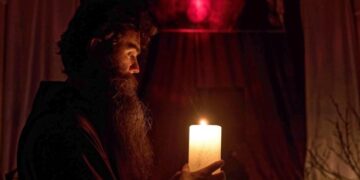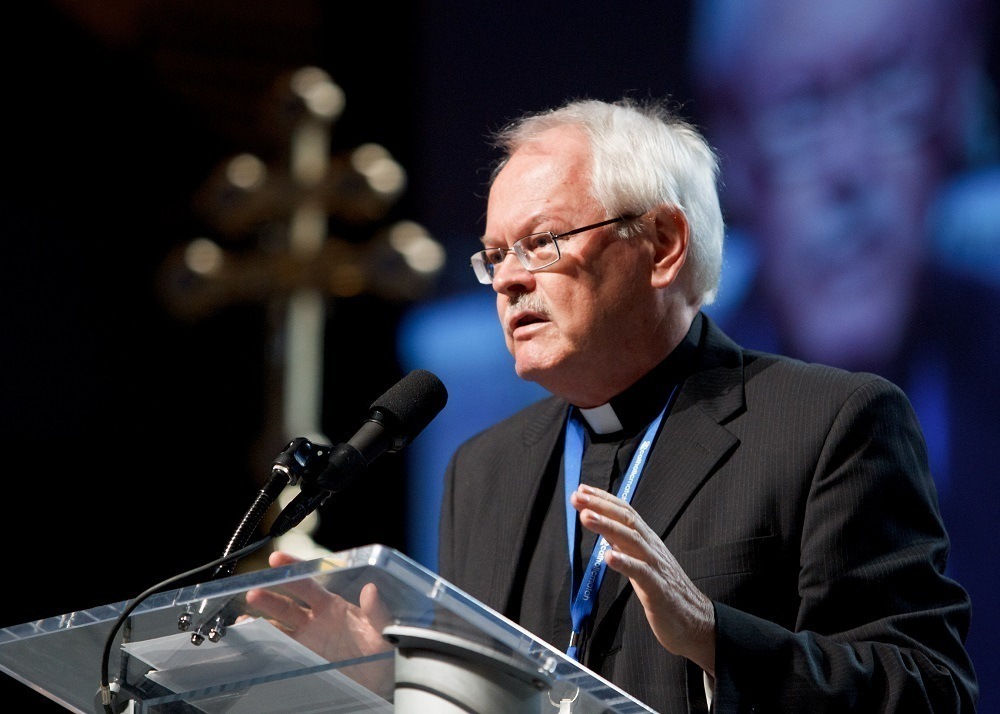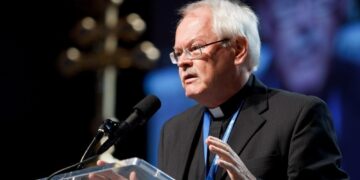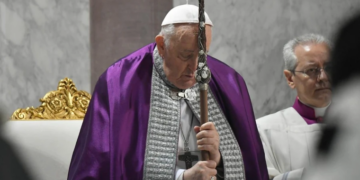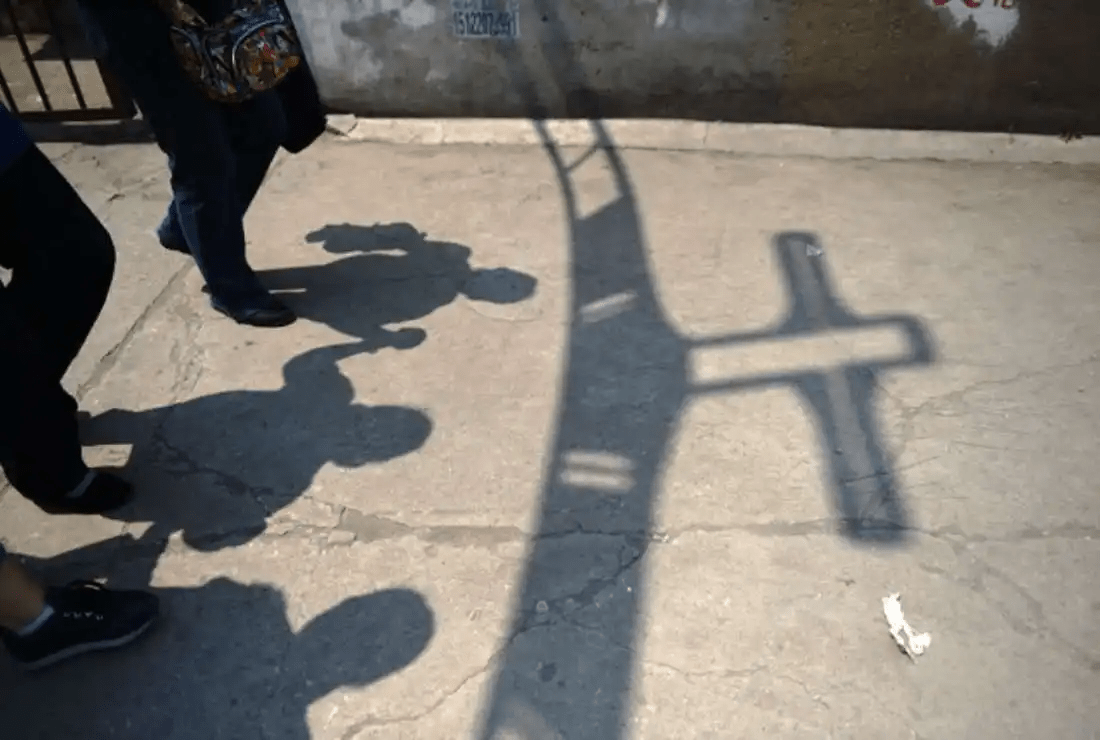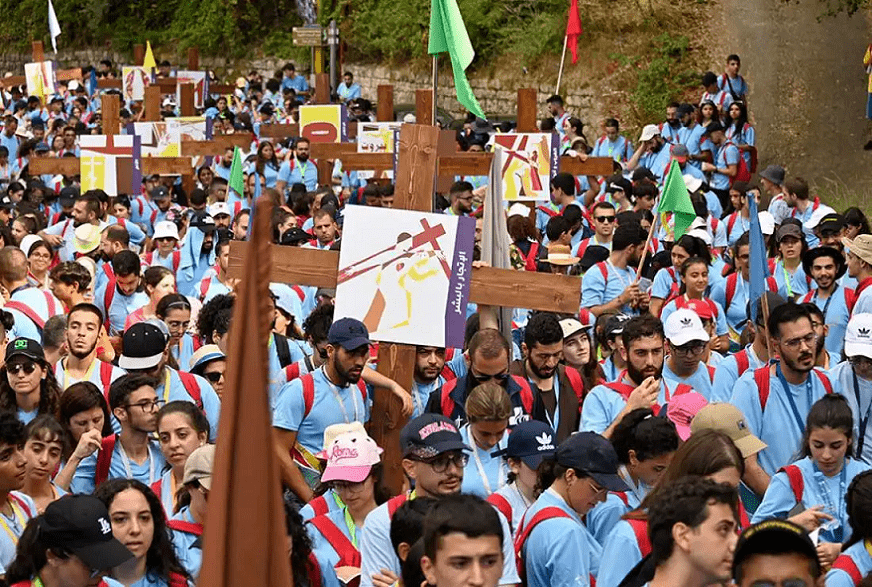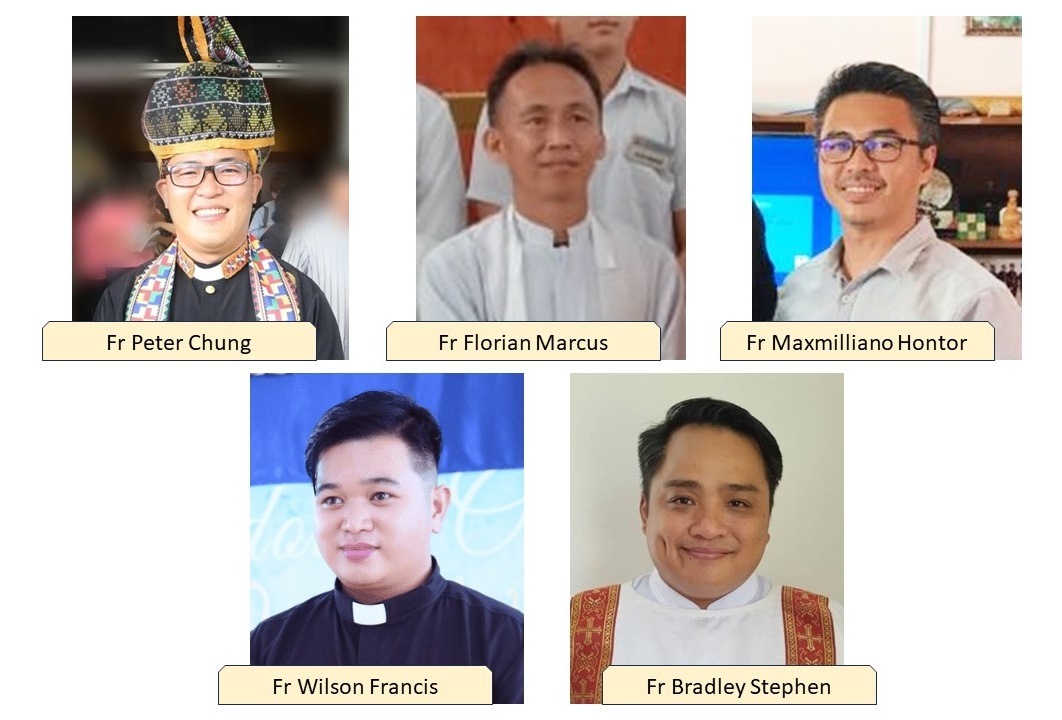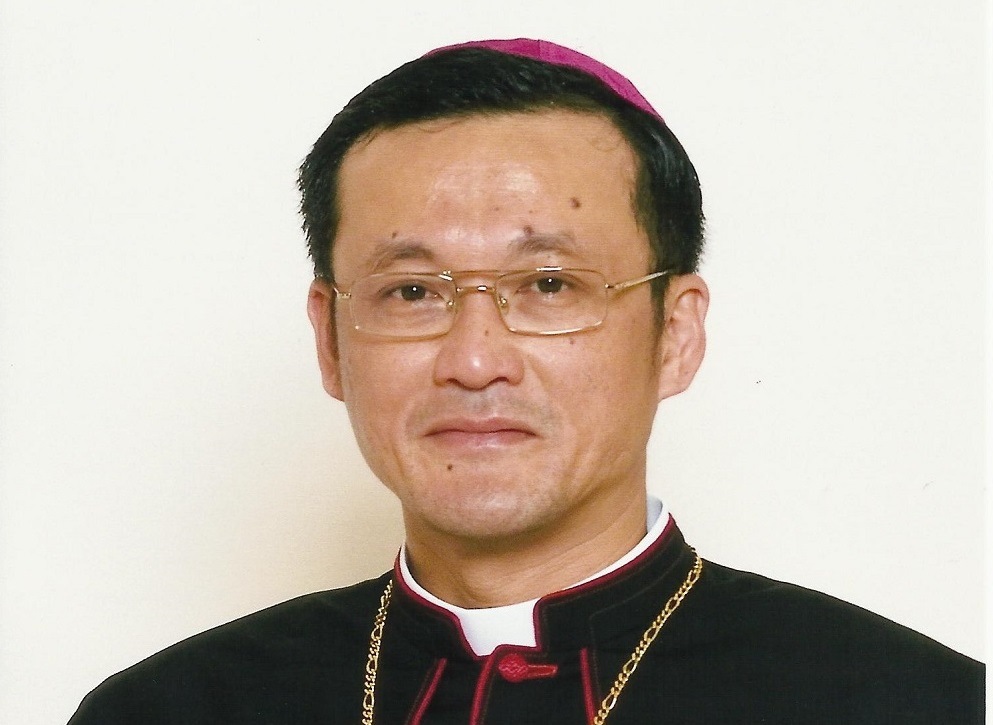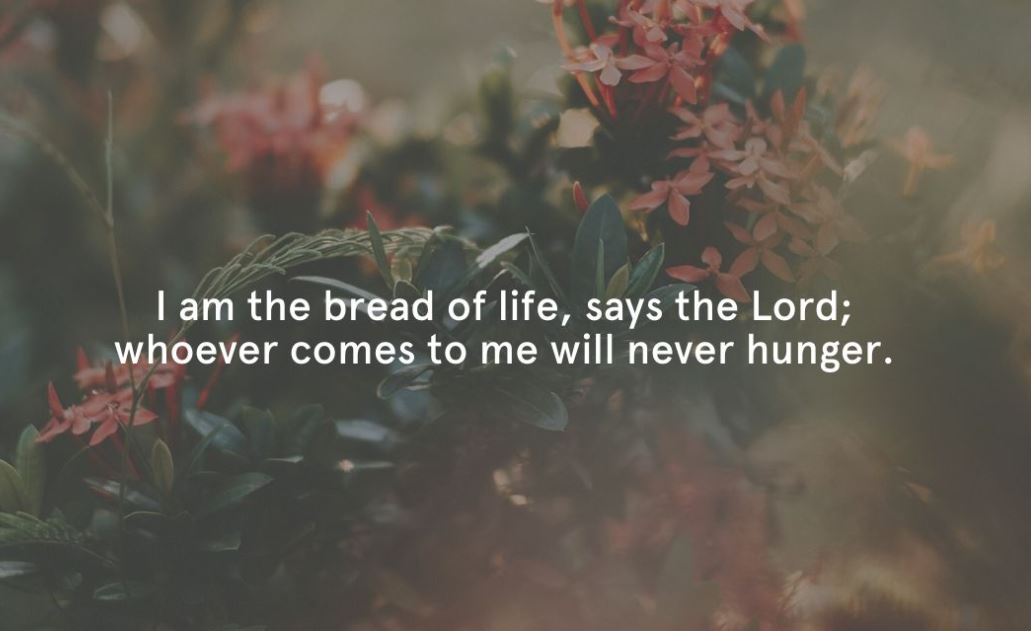Worshippers walking past the shadow of a cross at the entrance to the ‘underground’ Zhongxin Bridge Catholic Church, after a service celebrating the Feast of the Ascension in Tianjin, 110 kilometers (68 miles) from Beijing, in this file photo (Photo: Greg Baker / AFP)
By Cristian Martini Grimaldi
Aug 10 2023
As we know China has both official state-sanctioned churches (Chinese Patriotic Catholic Association) and unofficial underground churches that maintain their allegiance to the Vatican. Even though it is hard to estimate the total number of Catholics in China, figures always tend to range between 10 to 12 million.
To address the historical division between them, one significant development was the signing of the provisional agreement on the appointment of bishops in September 2018.
This agreement aimed to resolve the longstanding issue of conflicting appointments of bishops by both the Vatican and the Chinese government, which had led to divisions within the Catholic community in China.
Understanding the true situation on the ground regarding whether these agreements will effectively mend the division between the two faith communities is a challenging endeavor.
While assessing the well-being and vibrancy of the visible official Church is relatively straightforward, as it is openly visible, gauging the condition of the underground Church is a more intricate task due to the limited firsthand reports available.
I had a rare opportunity to directly witness a clandestine gathering within the underground Church, an experience that stands as a testament to its existence and uniqueness.
“I was introduced to the climate of caution and secrecy under which the Chinese ‘underground’ Church operates”
It was around eight years ago and I was venturing into one of China’s most captivating cities, Qingdao. Here one could easily get lost in the alleys of Badaguan, feeling a world apart from the sweeping empire of new riches that have sprouted concrete monstrosities across the Chinese landscape. In contrast, this neighborhood boasts charming villas with red roofs due to its German inheritance.
Fate had it that on board a bus en route to the city center, I encountered a Chinese nun in secular clothing. Noticing the wooden cross she wore around her neck — an uncommon sight in China — I struck up a conversation. She resided in the Philippines and was visiting her ailing mother.
She opened up about the underground Church, a distinct entity from the Chinese Catholic Patriotic Association that does not recognize the pope’s authority. Almost instinctively, I inquired about the possibility of attending a “secret” Mass.
Visibly pleased by my curiosity, she promptly shared her brother Wen’s cell number, who then contacted me. However, communication occurred not through WeChat, China’s most prevalent messaging app, but via WhatsApp, more commonly used in the West.
Having lived in Beijing for over a year, I had never been asked to use WhatsApp for communication. Implicitly, I was introduced to the climate of caution and secrecy under which the Chinese “underground” Church operates.
Through WhatsApp, Wen inquired about my purpose in Qingdao, whether I’m Catholic, and my origin. Upon revealing my status as a curious journalist, I feared everything might fall apart. He said he’d get back to me, which seemed like an excuse to end the conversation right there.
Yet, half an hour later, a new message arrived. I’m welcome, but under one condition: I mustn’t reveal the location of the Mass. I gave my word.
Wen set an appointment for the following day, a Sunday, at nine o’clock, at a bus stop nearly two hours away from the city center. On the designated day, I arrived promptly and received a brief SMS: “White car next to stop.” For a moment, I felt like I was in a spy movie.
“He reiterated the importance of not disclosing our destination”
A foreign-brand white sedan was parked a little ahead. The driver acknowledged my presence and gestured for me to get in.
Wen, in his early thirties, appeared the sporty type with a light blue shirt and sunglasses. As we traveled toward the location of the secret Mass, I learned he was married, had two children, and worked for an electronics company.
He didn’t speak much English and maintained a rather serious, almost suspicious demeanor. He reiterated the importance of not disclosing our destination. I reassured him.
After a 20-minute journey, we approached an area with tall under-construction buildings and turned onto a dusty lane to find ourselves surrounded by what appeared to be storage units or old warehouses.
“Here they make glass,” Wen informed me in his basic English. We exited the car and walked 10 paces toward one of these large structures. Piles of trash lay everywhere. Then, a familiar sound emerged — not the clang of machinery or the shouts of workers, but rather a sweet melody.
Wen pointed to a dilapidated building before us; that’s the “church.” Sheets of glass are piled around it. A large worktable with two drills and an empty Pepsi bottle on top catches my eye. There’s no sign of any workers. “Sunday, rest day,” Wen reminded me.
Rusty metal sheets, metal pipes, wooden frames, and even an old armchair were stacked near the building entrance. Sheets of glass — some intact, others shattered — were scattered around. The ground creaks beneath our feet.
We ascended two flights of stairs without a supporting handrail. As the singing grew clearer, the contrast between the surrounding chaos and the melodious strains became pronounced. One might have expected to find a loft used for storing used machinery or spare parts (and that was probably its prior use, until some time ago).
As I entered, an image of Christ with a flaming Sacred Heart on his chest stood before me. Beside it, the Holy Family. During the tumultuous years of the Cultural Revolution, churches were closed and transformed into factories and warehouses. Now, history had turned around — warehouses had become churches.
Around 40 people stood, and though I couldn’t make out the words, they clearly were singing a hymn to praise God. In the background, a middle-aged woman with a slightly somber air played an electric piano, filling the space with a pleasant harmony.
“The official Church doesn’t appreciate foreigners attending the ‘irregular’ Church”
Everyone had access to small, square cushions — economical ones — to kneel on during the liturgy. An elderly gentleman fidgeted on a somewhat uncomfortable chair. His wife, sitting next to him, scolded him sternly when, visibly fatigued, he refused to stand during the Alleluia.
Everything inside was essential and understated. Just the minimum required for liturgical service. This simplicity even extended to the exchange of the sign of peace: the faithful simply turned to their neighbors, joining their hands in prayer and slightly bowing their heads. The handshake was entirely symbolic.
During the Eucharist, it was notable that the faithful didn’t line up in front of the priest. Instead, they kneeled in rows of five, creating a horizontal line. The priest constantly shifted from right to left and back again to distribute communion.
At the end of the Mass, chairs were diligently folded and neatly arranged around the columns. The Chinese Bible was placed on a simple particle board table.
I briefly greeted Father Pietro, a stern-looking man of few words, who had secretly celebrated Mass for twenty-one years. Maria approached; in her sixties, she exuded a melancholic air, and her words held a note of warning: participating in a clandestine Mass could put me in danger.
She pointed out that the official Church doesn’t appreciate foreigners attending the “irregular” Church; it’s bad publicity for them.
I took note of her advice, though it seemed an exaggeration at that moment, even if it was well-intentioned.
Tears welled up in her eyes as she spoke. Her family had been Catholic for generations; she couldn’t even count how many. She talked about Pope Francis as a great blessing for the entire Christian community and hoped that the situation (referring to China) would end soon.
She dreamt of a future where they could have a church where they could openly pray in the light of day. Not united, but distinct from the official Church, she emphasized.
Surrounded by such simplicity and meager resources, I was reminded of Pope Francis and his “Church of the poor.”
I thought to myself, here was the concrete realization of this ideal of simplicity and modesty, enabling a focus on spiritual care without distractions. Only it was not the result of a deliberate choice. It was a necessity for survival. – UCA News
*The views expressed in this article are those of the author and do not necessarily reflect the official editorial position of UCA News.










